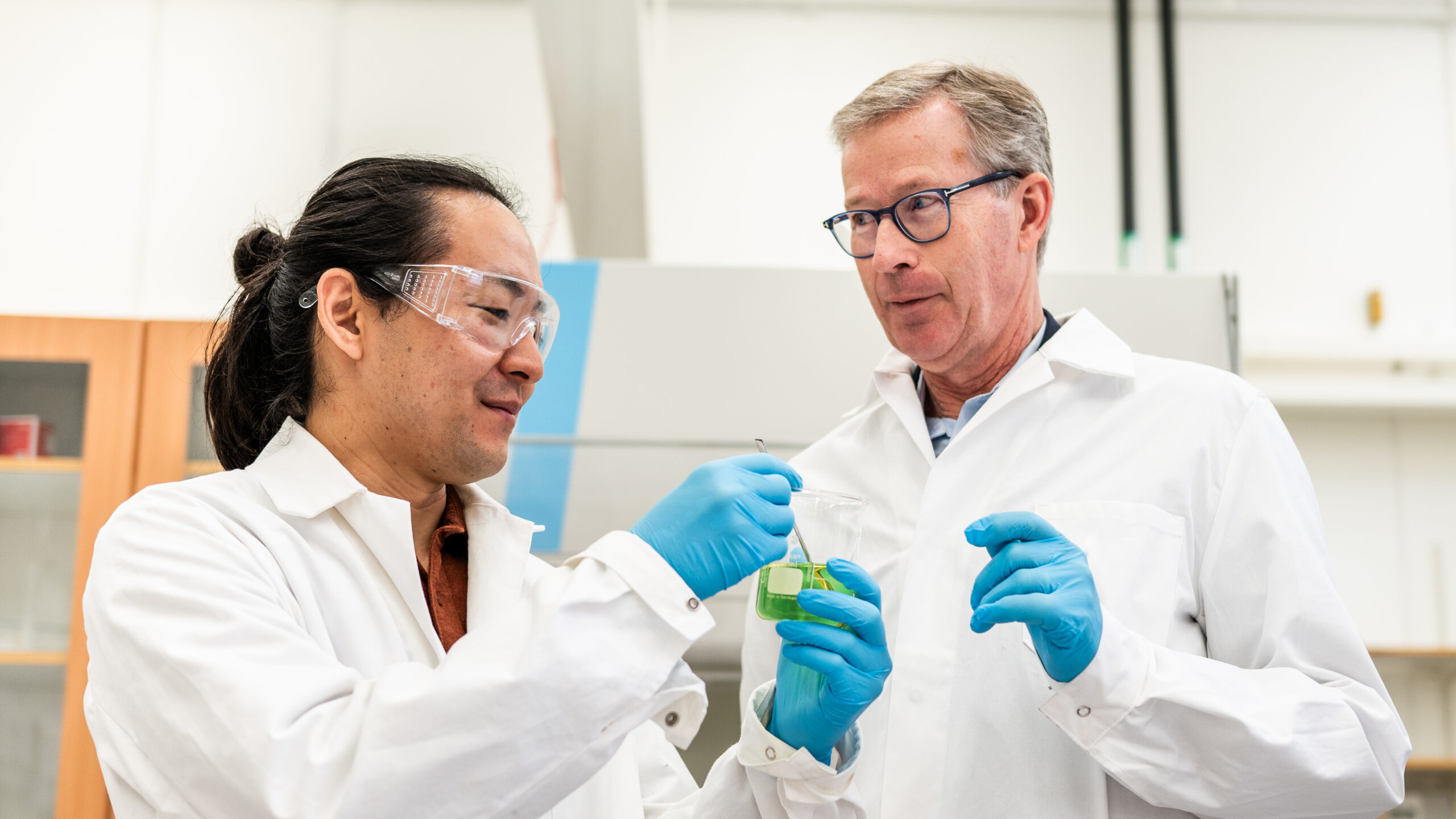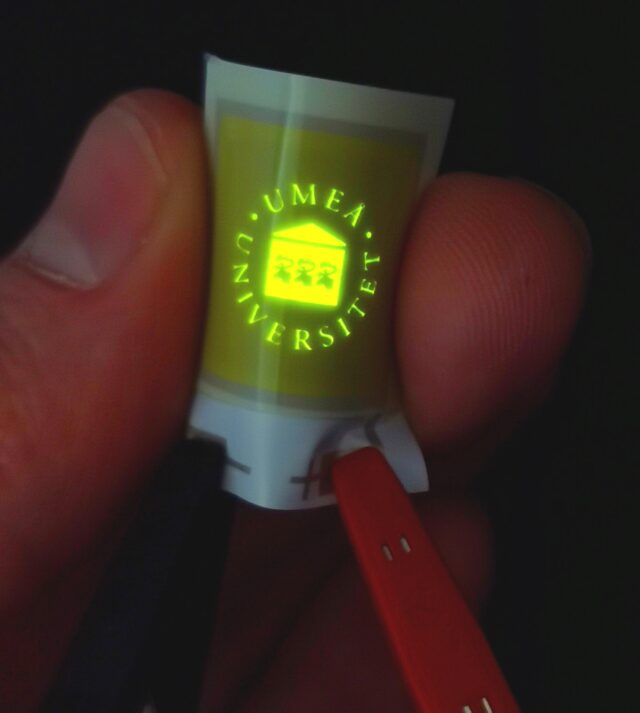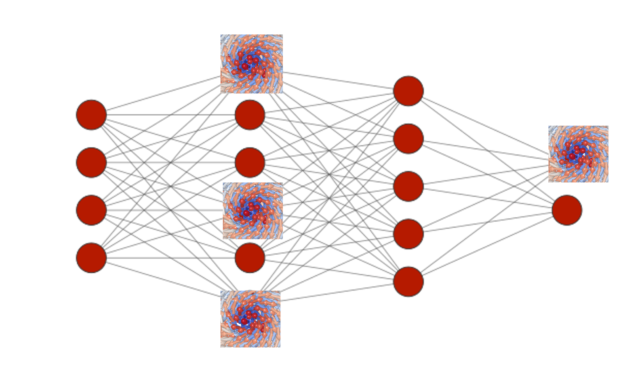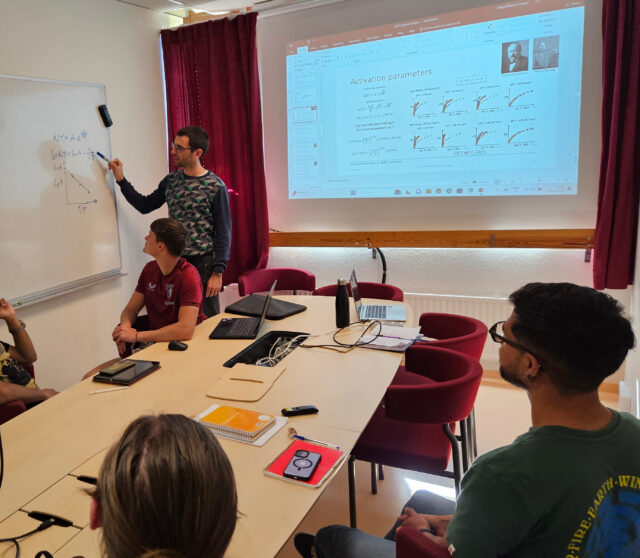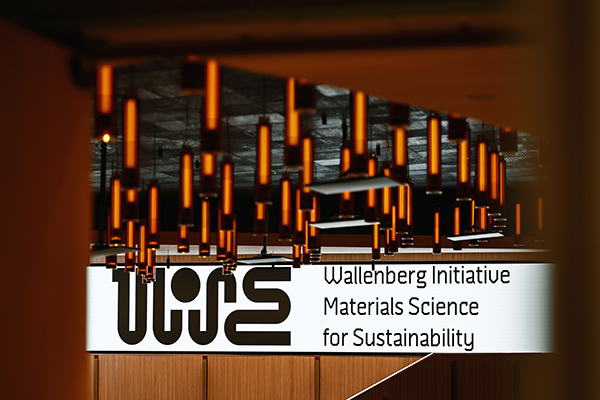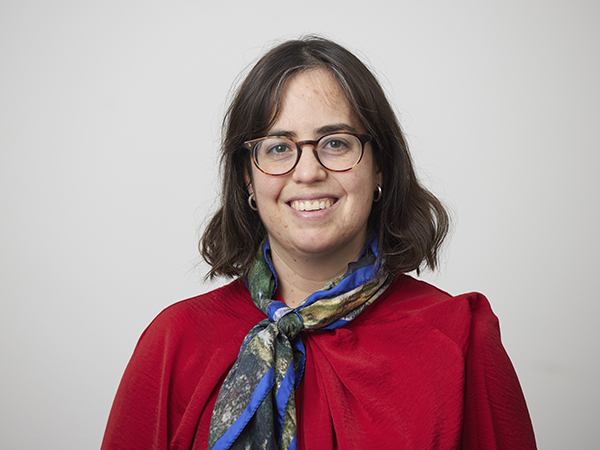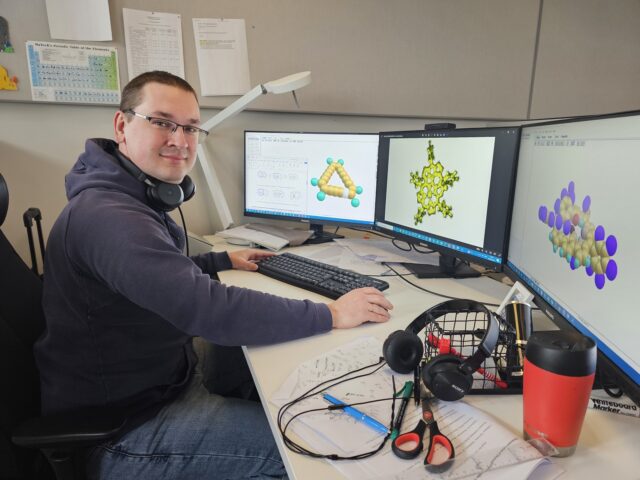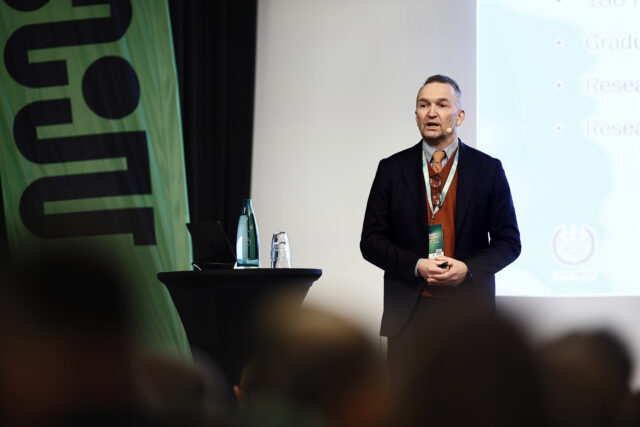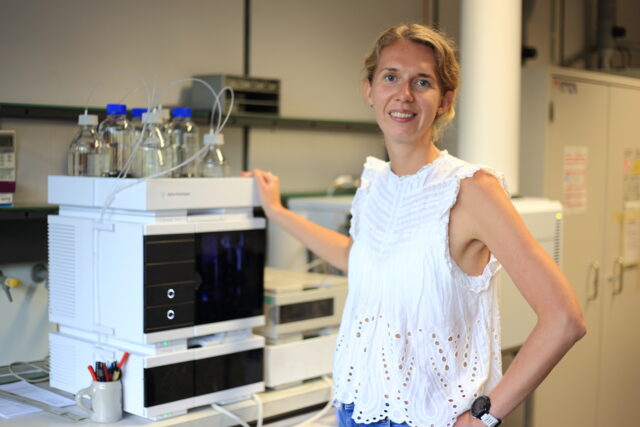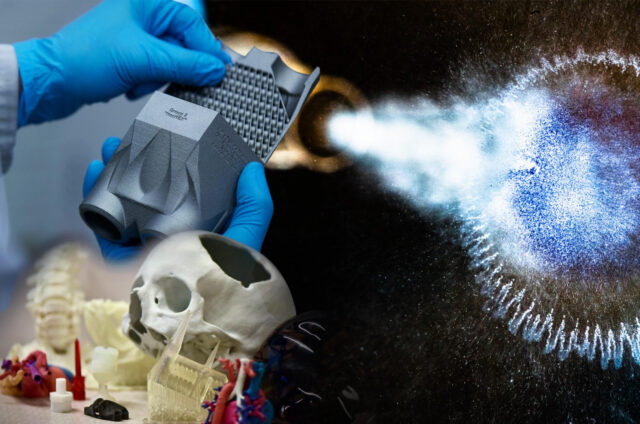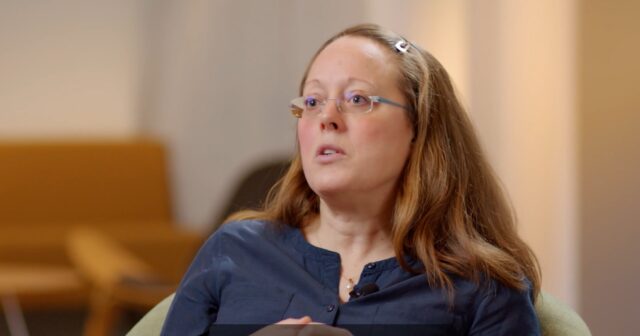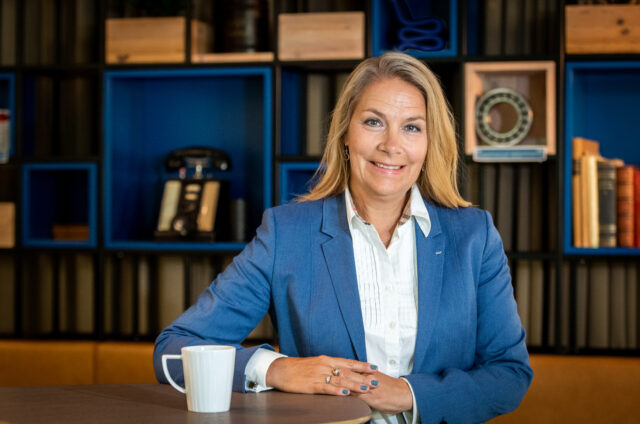The discovery stems from a collaborative effort involving scientists from Linköping University, notably including Professor Lars Hultman and Professor Johanna Rosén, both WISE researchers. Their findings are published in the journal Nature Synthesis.
[The photo in the excerpt was taken by Olov Planthaber at Linköping University. Dr. Shun Kashiwaya (left) and Prof. Lars Hultman (right), communicating authors on the goldene report, discuss etching schemes for goldene extraction.]
Goldene belongs to the class of two-dimensional (2D) materials, crystalline solids with a thickness of just a few nanometers or less. In comparison to their bulk or three-dimensional counterparts, 2D materials often exhibit distinct properties. One of the most famous examples of 2D materials is graphene, a single layer of carbon atoms arranged in a honeycomb lattice. Much like graphene, goldene shows promising potential by offering unique properties that are different to those of gold. Its two-dimensional structure provides a high surface-area-to-volume ratio, along with an abundance of unsaturated atoms exposed on the surface, holding promise for enhanced catalytic properties. Moreover, the remarkable electronic properties of goldene offer potential benefits in diverse applications such as solar energy harvesting, carbon dioxide conversion, chemical production, hydrogen catalysis, water purification, and cancer treatment through plasmonic photothermal therapies.
The ‘alchemy’ of making goldene
The journey to create 2D metal materials, particularly gold monolayers, has not been easy. Gold atoms tend to form islands rather than continuous layers. Prof. Hultman found an old method employed by Japanese blacksmiths, known as Murakami’s reagent, which etches away carbon residues and changes the color of steel in, for example, knife manufacturing. However, it was not possible to use the exact same recipe and researchers had to fine-tune the procedure by a trial-and-error approach.
– We had created the basic material with completely different applications in mind. We started with electrically conductive ceramics called titanium silicon carbide, where silicon is interleaved as atomic layers. Then the idea was to coat the ceramics with gold to create a contact. Totally unexpectedly though, the silicon layer was replaced by gold inside the base material when the material was exposed to high temperatures, explains Prof. Lars Hultman at Linköping University and WISE researcher.
The researchers used computational modeling to demonstrate that two-dimensional goldene is inherently stable. Experiments however, revealed minor issues such as curling and agglomeration, which could be addressed by using surfactants.
– To the best of our knowledge, this is the first discovery of a free-standing two-dimensional one-atom-thick metal. The future is golden, enthuses Prof. Hultman.
The original publication in the journal Nature Synthesis entitled Synthesis of goldene comprising single-atom layer gold, can be found at: https://www.nature.com/articles/s44160-024-00518-4 (open access).
To learn more about Prof. Lars Hultman’s WISE project concerning two-dimensional tungsten layers used to make hard coatings, visit:
Eco-Deposition to Create Novel Multifunctional Coating Materials
